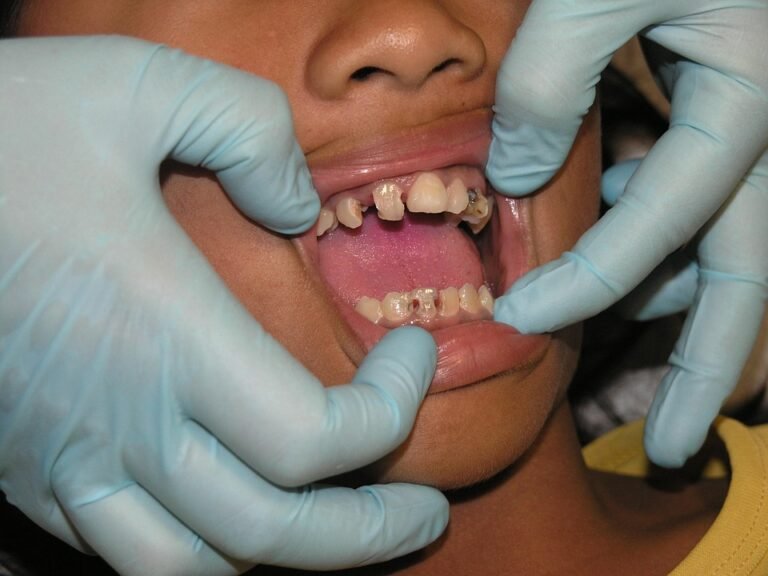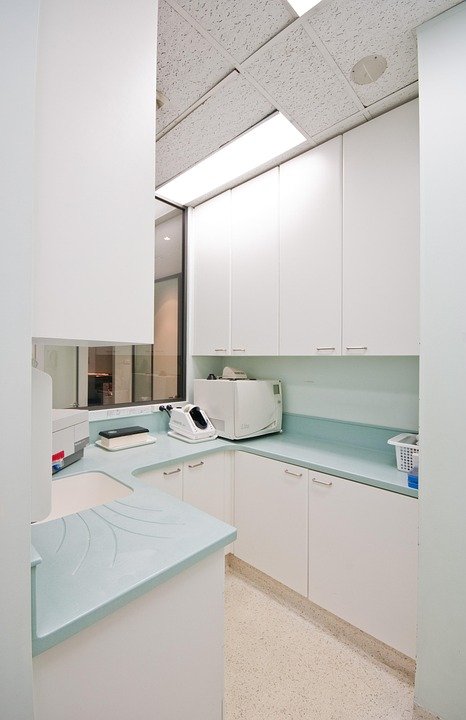How does bio-inspired design address biocompatibility in dental materials
Okay, so I’m working on a research paper about biocompatibility in dental materials, and I keep coming across this concept of "bio-inspired design." I’m having a hard time connecting the dots between the two. I think I understand biocompatibility – basically, how well a material interacts with the body without causing a negative reaction, like inflammation or rejection, right? And I get that dental materials need to be really biocompatible because they’re going to be in contact with living tissue (gums, bone, etc.) for extended periods.
But how exactly does bio-inspired design specifically improve biocompatibility in dental materials? I’m seeing examples, like using materials with similar structures to enamel or bone, but I need a more fundamental explanation.
For example, does it involve mimicking the surface textures of natural teeth to encourage cell adhesion? Or is it about replicating the chemical composition of bone to promote osseointegration in implants? Maybe both? I’m also wondering about the limitations – are there cases where bio-inspired approaches don’t lead to better biocompatibility? And are there specific types of dental materials (e.g., composites, ceramics, metals) where bio-inspired design is particularly effective (or ineffective)?
Basically, I’m looking for a deeper dive into the mechanisms and specific examples of how taking inspiration from nature helps us create dental materials that are more accepted and integrated by the body. Any insights or relevant research papers would be greatly appreciated!
Answer
Bio-inspired design, also known as biomimicry, offers several avenues for enhancing the biocompatibility of dental materials. By mimicking natural biological structures, materials, and processes, bio-inspired designs aim to create dental materials that interact more harmoniously with the oral environment and minimize adverse biological responses. Here’s how it addresses biocompatibility:
1. Mimicking Natural Tooth Structure and Composition:
- Enamel-like Structures: Bio-inspired approaches attempt to replicate the hierarchical structure of enamel, which consists of highly organized hydroxyapatite crystals. By mimicking this structure, materials can exhibit improved mechanical properties (hardness, wear resistance) while also promoting remineralization and reducing bacterial adhesion. For example, researchers are exploring techniques to create highly ordered hydroxyapatite coatings or composites that mimic the prism-like arrangement of enamel crystallites.
- Dentin-like Structures: Dentin possesses a tubular structure and contains collagen fibrils interspersed with hydroxyapatite. Bio-inspired materials aim to mimic this structure to improve bonding to dentin and provide elasticity, which can reduce stress concentration and prevent fractures. Scaffolds with similar tubular architectures are being investigated to promote odontoblast-like cell adhesion and differentiation, facilitating dentin regeneration.
- Amelogenin-inspired Materials: Amelogenins are key proteins involved in enamel formation. Bio-inspired materials incorporate amelogenin-derived peptides or synthetic analogs to guide the organized deposition of hydroxyapatite crystals. These materials can promote enamel regeneration and improve the bonding of restorative materials to enamel.
- Biomineralization: Natural tooth formation is a highly controlled biomineralization process. Researchers are using bio-inspired mineralization techniques to create materials with controlled composition, crystal size, and orientation. This allows for the formation of materials that closely resemble natural tooth minerals, improving biocompatibility and bioactivity.
2. Designing for Enhanced Cell Compatibility and Tissue Integration:
- Surface Modification: Bio-inspired surface modifications are used to improve cell adhesion, proliferation, and differentiation on dental implants and other restorative materials. These modifications can involve:
- Topographical cues: Mimicking the micro- or nano-scale surface features found in natural tissues (e.g., grooves, pits) can influence cell behavior.
- Surface coatings: Applying biocompatible coatings, such as extracellular matrix (ECM) components (e.g., collagen, fibronectin), peptides (e.g., RGD sequence), or growth factors, can promote cell attachment and tissue integration.
- Self-assembled monolayers (SAMs): SAMs can be used to control the surface chemistry and wettability of dental materials, influencing protein adsorption and cell adhesion.
- Scaffolds for Tissue Regeneration: Bio-inspired scaffolds are designed to mimic the structure and function of the ECM, providing a template for tissue regeneration. These scaffolds can be made from biodegradable polymers, ceramics, or composites and can be tailored to specific dental applications, such as periodontal regeneration or bone grafting. The scaffold architecture, porosity, and degradation rate are carefully controlled to optimize cell infiltration, vascularization, and tissue formation.
- Controlled Drug Delivery: Bio-inspired delivery systems can be incorporated into dental materials to release therapeutic agents in a controlled manner. This can include:
- Growth factors: To promote tissue regeneration and wound healing.
- Antimicrobial agents: To prevent bacterial infection and biofilm formation.
- Anti-inflammatory drugs: To reduce inflammation and pain.
The drug delivery systems can be designed to respond to specific stimuli, such as pH, temperature, or enzymes, ensuring that the therapeutic agent is released at the desired location and time.
3. Mimicking Natural Defense Mechanisms:
- Antimicrobial Surfaces: Inspired by natural antimicrobial surfaces, such as shark skin or insect wings, researchers are developing dental materials with inherent antimicrobial properties. These surfaces can be designed to prevent bacterial adhesion, disrupt bacterial cell membranes, or release antimicrobial agents.
- Biofilm Resistance: Bio-inspired strategies aim to create dental materials that resist biofilm formation. This can involve mimicking the surface properties of natural materials that are resistant to microbial colonization, such as lotus leaves.
- Self-Healing Materials: Inspired by the self-healing capabilities of biological tissues, researchers are developing dental materials that can repair themselves when damaged. This can involve incorporating microcapsules containing healing agents or designing materials with intrinsic self-healing mechanisms.
4. Using Biocompatible and Biodegradable Materials:
- Natural Polymers: Bio-inspired designs favor the use of biocompatible and biodegradable polymers derived from natural sources, such as collagen, chitosan, alginate, and hyaluronic acid. These materials are generally well-tolerated by the body and can be processed into various forms, such as scaffolds, hydrogels, and films.
- Bioactive Ceramics: Bio-inspired ceramics, such as bioactive glasses and calcium phosphate ceramics, are designed to promote bone regeneration and osseointegration. These materials can release ions that stimulate bone cell activity and form a chemical bond with bone tissue.
By incorporating these bio-inspired principles, dental materials can be designed to be more biocompatible, promoting better integration with the surrounding tissues, minimizing adverse reactions, and enhancing their long-term performance. This leads to improved patient outcomes and more predictable clinical results.

